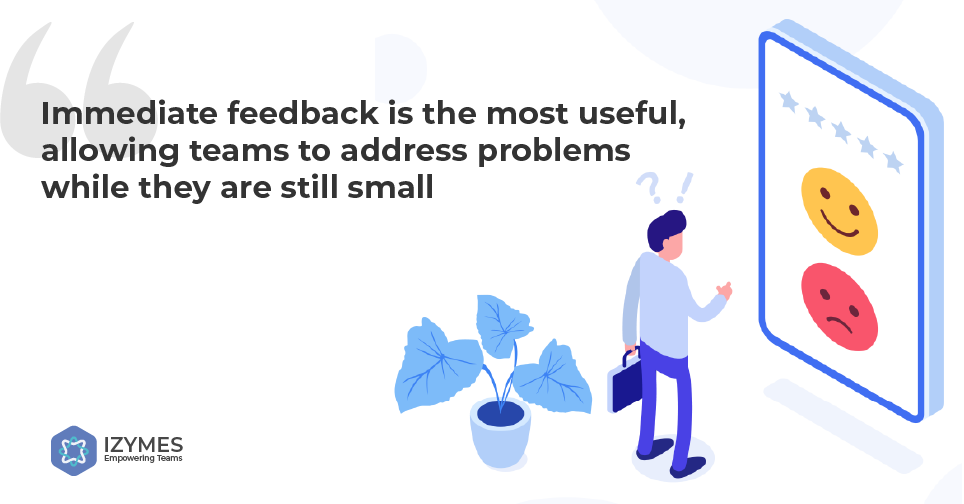Improving Support Desk Quality with Automated Sentiment Analysis
Are you finding it difficult to maintain high levels of customer satisfaction in your support desk? If so, there is good news for you. The solution lies in automated sentiment analysis, which can greatly enhance the quality of your support desk operations.
In this article, I will guide you through the process of leveraging this technology to gain valuable insights into the customer experience. By the end of this article, you will have the necessary tools to implement automated sentiment analysis in your support desk and boost customer satisfaction.

Introduction to automated customer sentiment analysis
Automated sentiment analysis provides a powerful tool to improve customer service quality by providing real-time insights into how customers feel about their support experiences. By analyzing customer feedback in the form of text, speech, or video, automated sentiment analysis helps businesses identify trends and opportunities for improvement in their customer support processes.
Automated sentiment analysis can help identify areas needing more attention or improvement to optimize customer satisfaction.
Using machine learning algorithms to analyze customer feedback, companies are now able to detect changes in customer experience and make timely changes accordingly. This can help businesses provide a tailored support experience that meets the changing needs of customers and enables them to stay ahead of the competition. Furthermore, automated sentiment analysis has further enabled businesses to measure the impact of various online campaigns – such as identifying certain keywords used in social media posts that generate positive or negative reactions – allowing them to refine their strategies accordingly.
Overall, automated sentiment analysis has provided many companies with an incredibly useful tool for maximizing customer satisfaction while also analyzing large amounts of data quickly and accurately. Companies have become increasingly aware of how important analyzing and understanding customer behaviour is for product and service improvement initiatives, making automated sentiment analysis an invaluable asset for improving user experience and the overall quality of their support desk operations.
Optimizing customer experience and retention with sentiment analysis
Automated sentiment analysis can be a valuable tool when seeking to improve customer support within an organization. Leveraging artificial intelligence (AI) and natural language processing (NLP) technologies to extract meaningful customer feedback from helpdesk conversations, customer service teams can benefit from real-time insights into how customers feel about their service experience. By automating this process, companies are able to better identify issues and optimize customer experience with timely interventions, resulting in improved customer retention.
Sentiment analysis relies on algorithms that use text mining techniques to analyze helpdesk conversations for patterns of human emotion. The aim is to identify phrases or words that signify a positive or negative opinion towards the product or service received. Automated sentiment analysis can quickly determine whether customers are satisfied or disappointed with the support provided and flag potential opportunities for improvement.
This automated feedback is critical in optimizing customer experience while also helping organizations develop strategies to improve customer satisfaction levels over time.
Companies can then utilize this data to analyze trends among specific times of day, product categories, types of tickets and support representatives involved in conversations. Businesses can also use sentiment analysis solutions to quantify customer sentiment accurately whenever customers express dissatisfaction through tweets or online posts on social media platforms such as Twitter and Instagram. This information provides invaluable insights into how customers view the brand and product they interact with and what areas need further improvement so that they may create targeted interventions accordingly.
With these insights at hand, businesses may make more informed decisions about how best to address issues quickly and keep their customers happy – successfully increasing customer retention rates in the long run!
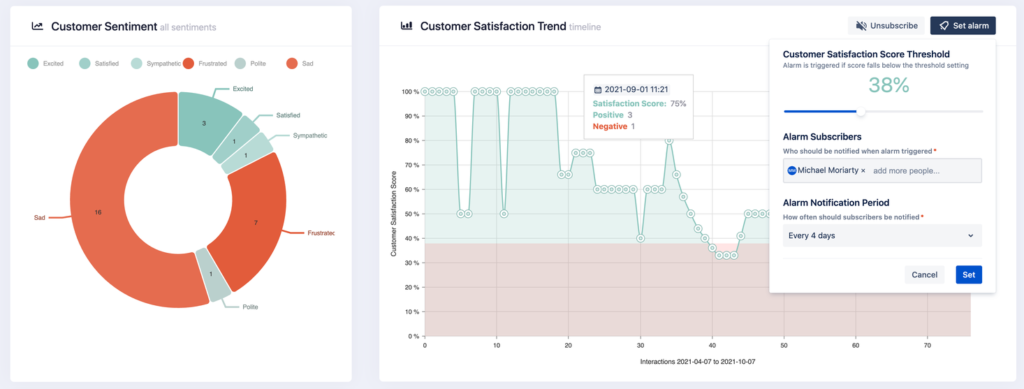
The importance of customer sentiment analysis in support desk management
The importance of customer sentiment analysis in support desk management must be considered. Gathering feedback from customers is essential to enhance your support desk’s ability to provide a personalized, effective response. Automated sentiment analysis tools can help identify your customers’ true sentiments and understand how their perceived experiences shape their decisions and interactions with your company.
With automated sentiment analysis, you can analyze customer feedback effectively and quickly in real-time to improve customer satisfaction and provide deep insights into customer behavior. Automated sentiment analysis can also help you track customer reviews from various channels, such as social media or live chat, allowing companies to make informed decisions that relate to service delivery times or products offered.
By leveraging automated sentiment analysis, businesses can gain insight into what their customers really think about the products or services they’ve provided; this information is invaluable in making efficient adjustments where necessary and enhancing the overall satisfaction rate of customers that interact with a company’s service desk. Furthermore, automated sentiment analysis can enable sophisticated natural language processing capabilities, which give support desks greater insights into underlying problems while analyzing large amounts of textual data; this could ultimately influence decision-making inside a team or business as well.
In conclusion, it is clear that applying automated sentiment analysis in support desk management has become an absolute necessity for businesses across industries. With its help, businesses can better understand their audiences and provide more tailored solutions for improving user experience. Ultimately it enables organizations to better address underlying issues that afflict user experience when interacting with company services, significantly enhancing overall customer satisfaction rates in the process.
Benefits of using automated customer sentiment analysis in the support desk
Utilizing automated sentiment analysis in a Support service context can offer several benefits for organizations; chief among them is an improved customer experience, leading to increased customer satisfaction and loyalty. In order to ensure that customer needs are being met, organizations must monitor the overall sentiment of their support desk interactions.
By having an automated sentiment analysis system in place, organizations can easily measure how customers feel about their interactions with your Support Desk team members. Additionally, this technology allows organizations to detect potential issues before they become bigger problems and address them with the appropriate actions. Additionally, utilizing automated sentiment analysis can help organizations identify areas where additional training or assistance is needed for Support Desk team members so that customers receive positive experiences consistently across all channels.
Finally, this technology provides valuable insight into customer preference management which helps improve internal processes to deliver a better experience for each individual customer and maximize service-level agreement compliance. Such improvements enable organizations to provide more effective support services and respond quicker and more accurately to customer queries – both of which significantly boost customer loyalty over time.
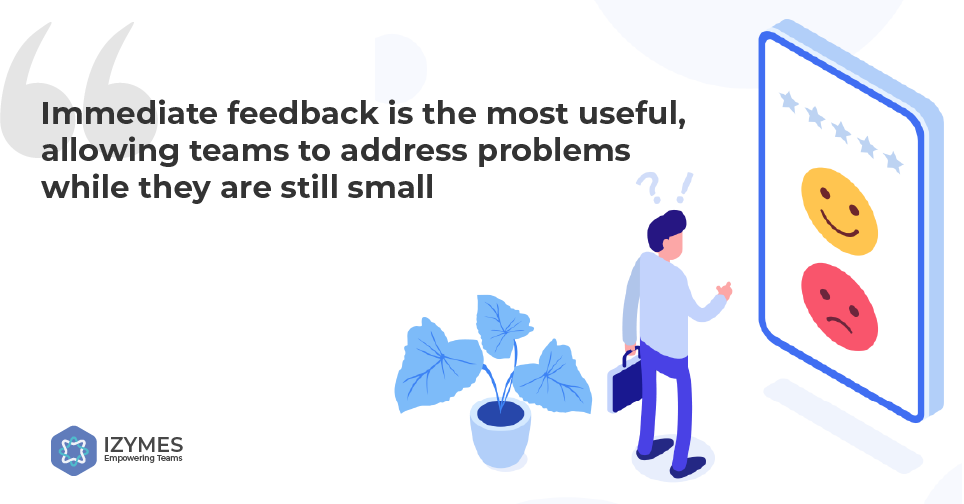
The role of AI and machine learning in customer sentiment analysis
In today’s digital world, many companies are beginning to rely on artificial intelligence (AI) and machine learning to improve the accuracy and efficiency of their customer support desk. AI-assisted sentiment analysis provides customer service teams with an automated approach for gauging customer opinions about their product or service. By leveraging machine learning algorithms, the sentiment analysis process can quickly detect patterns in large volumes of customer feedback.
Traditionally, sentiment analysis for customer support has relied heavily on human input, including asking the customer for feedback to calculate a customer satisfaction score. How many emails do you get daily asking you to rate your support experience manually? This manual process can be time-consuming and prone to errors due to its reliance on subjective opinions from different people. However, AI-driven sentiment analysis allows companies to automatically assign a numerical value to customer feedback by using supervised or unsupervised algorithms that analyze spoken or written language, facial expressions, and other body language cues in videos.
AI-driven sentiment analysis offers numerous benefits over traditional techniques like manual entry or surveys. It can quickly identify positive and negative themes of conversation, provide deeper insights into customer sentiment, and improve the accuracy of predictions concerning future sales trends by identifying patterns within behavioral data. Additionally, AI-based approaches remove the negative bias of frustrated customers providing a negative rating more often than happy customers providing a positive rating.
In short, AI and machine learning are critical tools for improving the efficiency of support desks through accurate automated sentiment analysis. By leveraging these technologies, businesses can gain valuable insights into their customers’ views which can be used for better decision-making for both short-term goals and long-term objectives related to marketing strategies or product designs—ultimately improving the entire quality control cycle involved with customer service operations.
Understanding the accuracy and reliability of automated sentiment analysis
When it comes to improving the customer experience, support desks often leverage automated sentiment analysis to provide more accurate, timely customer insights. But how effective is automated sentiment analysis, and can managers rely on it as an efficient and reliable way to measure customer satisfaction?
The accuracy and reliability of automated sentiment analysis can vary depending on several factors. Prior to implementing any such tool, it’s important for managers to understand the capabilities and limitations of the technology available. With this knowledge in hand, businesses can make informed decisions about which sentiment analysis system has the most accurate predictive capabilities and assess whether or not it fits their needs.
The accuracy of sentiment analysis systems also depends heavily on its data sources. The most common sources are online reviews, website comments, email responses, chat conversations and surveys. To be reliable, these data sources must be consistent in the language used for the analysis results. To improve accuracy levels even further there are methods that look at variations in sentence structure as well as context clues that indicate a change in sentiment throughout a single piece of text or conversation.
By taking into account these complex factors that affect the accuracy and reliability of automated sentiment analysis tools, managers can ensure their support desks are using tools that will benefit them and their customers by delivering accurate predictions about customer satisfaction levels and feedback from similar cases across multiple channels.
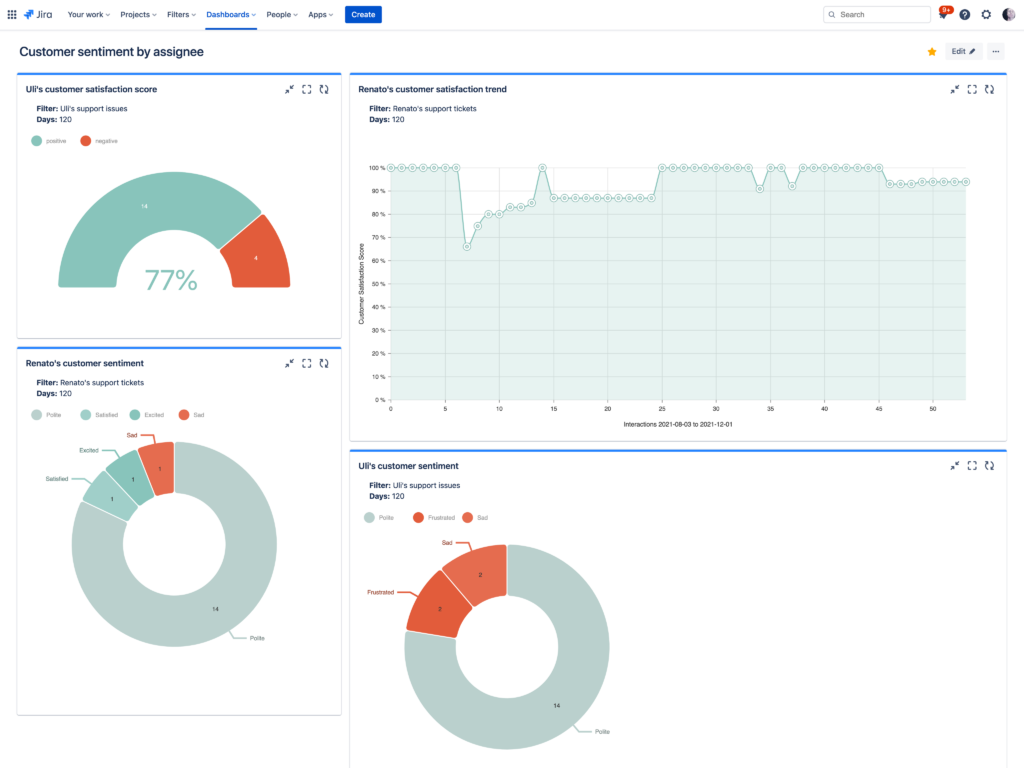
Integrating automated sentiment analysis into your support desk workflow
Integrating automated sentiment analysis into your support desk workflow effectively improves customer service and maintains centralized control over customer feedback. By automating the process of identifying, categorizing, and analyzing customer support requests, you can gain insights into emerging topics and instantly respond to critical situations, allowing you to quickly address any emerging issues.
Sentiment analysis can analyze unstructured data like emails and conversations with customers, helping to streamline your operations. It can detect negative feelings such as anxiety or frustration in a conversation or email thread and assign the appropriate category for a response with suggested resolutions. Automating this process will help you identify patterns in your customer’s concerns and allocate resources more efficiently while also speeding up response times to any inquiries.
In addition, by analyzing past conversations, automated sentiment analysis helps identify areas where customer service could be improved or optimized. This allows for quicker resolution times which can positively influence customer satisfaction levels leading to increased sales or higher retention rates. Integrating automated sentiment analysis into your support desk workflow will optimize processes from both the technical staff side and improved user experience side by enhancing customer service quality significantly.
Best practices for implementing automated sentiment analysis in your support desk
In today’s digital age, customers expect prompt and quality customer service when they reach out to support desks. To ensure a high level of customer satisfaction and maximize efficiency, businesses should consider adopting automated sentiment analysis as part of their support desk strategy. Automated sentiment analysis is an artificial intelligence (AI) technology that can recognize how users feel about the services they receive by analyzing what they write.
When implementing automated sentiment analysis in your support desk, it is important to understand best practices for maximum effectiveness. Start by accurately defining what types of phrases indicate positive or negative sentiments (e.g., great vs bad, helpful vs unhelpful). Additionally, make sure to test your AI solution on real customer conversations before rolling it out across your entire team. This will help you identify any problem areas and make necessary changes to improve accuracy and performance.
Moreover, it’s important to create strategies for responding to customers based on the output generated from the automated sentiment analysis system. This may include responding with a personalized message after receiving an angry comment or providing additional support after a positive one. By making sure employees have the tools and guidance required for effective implementation of automated sentiment analysis in your support desk, you can ensure that quality customer service is provided consistently and efficiently every time!
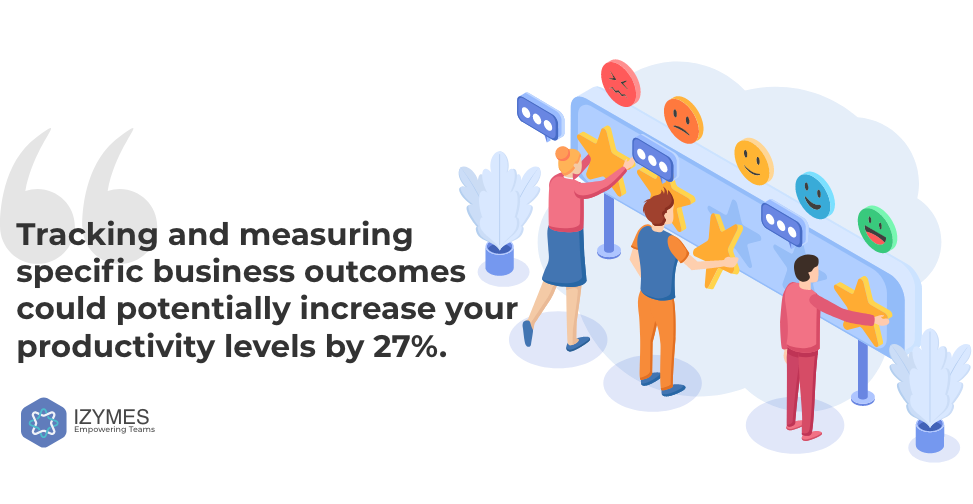
Monitor support desk agent sentiment alongside customer sentiment.
With the help of automated sentiment analysis, support teams can also monitor their ‘own’ sentiment towards their customers. This is done by utilizing AI tools such as AI Insights for Jira Service Management to analyse their responses in real-time as well, perhaps even before they click ‘Send’ for their customer response. The sentiment analysis tool may indicate the sentiment of the support desk agent’s reply and warn the agent if the calculated sentiment is not desirable. For example, if the agent’s reply text sentiment is classed as ‘angry’ – the system may warn the agent and suggest an improvement or alteration to their answer is recommended.
Continuous tracking and monitoring of support agent sentiment could be used to identify support champions. These individuals can use their expertise to train other team members, which will have a profound effect on improving the overall team score and, ultimately, the customer satisfaction score as well.
Future prospects and developments in automated customer sentiment analysis
Sentiment analysis is an invaluable tool for support professionals, enabling them to quickly identify customer satisfaction issues before they escalate. It is also increasingly being used in business settings for myriad applications, from gauging customer reactions on social media campaigns to tracking reactions to competitor offerings.
In the future of sentiment analysis, emerging technologies are likely to be incorporated into existing sentiment analysis frameworks. Machine learning and natural language processing (NLP) will lend themselves especially well to analyzing customer feedback, increasing the accuracy of the results and decreasing response time. Automated sentiment analysis can provide a more insightful view of customer feedback than simply measuring success metrics over time.
A key development in automated sentiment analysis is the ability to measure a broad range of emotions beyond just ‘positive’ or ‘negative’. By leveraging linguistic insights and NLP techniques like semantic mapping algorithms, sentiment analysis programs can better recognize subtle changes in attitude and make decisions about how best to respond accordingly. This increased granularity offers near-real-time feedback on customer behavior, further optimizing how companies tailor their service offering and respond quickly when required.
Additionally, there have been advances in using complex algorithms that evaluate ‘sentiment scores’ related not just to individual conversations but also conversations series such as chat threads or streams of emails. This type of ‘flow’ score allows companies a more holistic view of multiple contexts within those conversations series – vastly improving decision-making ability across all areas of customer care strategy (e.g., troubleshooting queries).
The tools available today have grown exponentially more sophisticated over recent years, allowing companies to access data quickly and accurately; informed decisions can be made upstream before too much damage has been done regarding reputation or bad service encounters with customers. As technology continues to evolve at an impressive rate, advancements in automated sentiment analysis technology promise ever more accurate and powerful insights into customers’ behaviors – making it easier than ever before for support teams to offer resolution quickly and effectively.
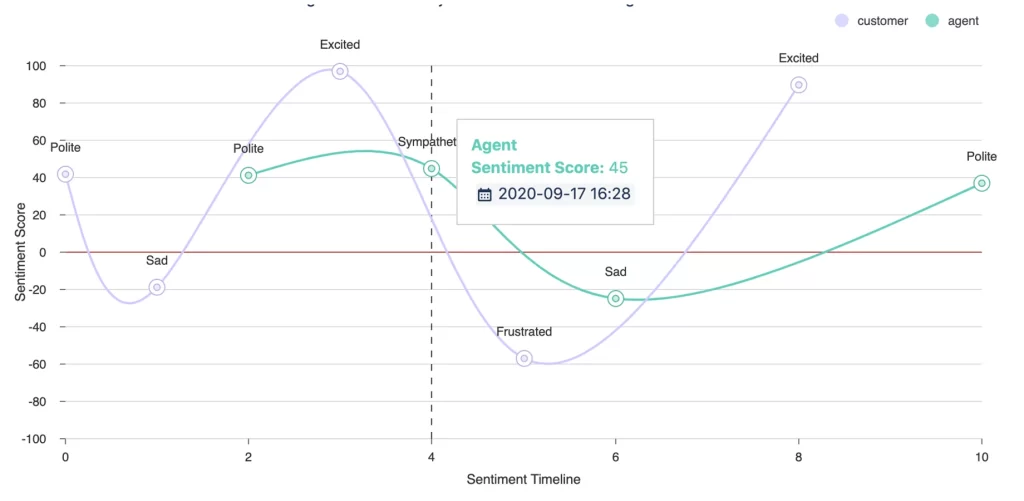
Try AI Insights for Jira Service Management
AI Insights is all about non-intrusive, real-time customer satisfaction tracking embedded directly within Jira Service Management Issues. You can try AI Insights for free on the Atlassian Marketplace.
If you have any questions or require a private demo, you can book a session on our Calendly here.
Frequently Asked Questions
Q: What is automated sentiment analysis?
A: Automated sentiment analysis is the use of natural language processing software to automatically identify and classify the sentiment of text. This is used to quickly and accurately analyze customer support desk feedback in order to better understand customer sentiment and improve support desk quality.
Q: How does automated sentiment analysis improve support desk quality?
A: Automated sentiment analysis enables support desks to quickly and accurately identify customer sentiment to better understand their needs and provide better service. This can help support desks respond more quickly to customer issues, anticipate customer needs, and provide better customer service.
Q: What are the benefits of using automated sentiment analysis?
A: Automated sentiment analysis enables support desks to quickly and accurately identify customer sentiment, thereby improving overall customer service quality. Additionally, automated sentiment analysis can help to identify trends in customer feedback, which can be used to improve customer service in the long run.


